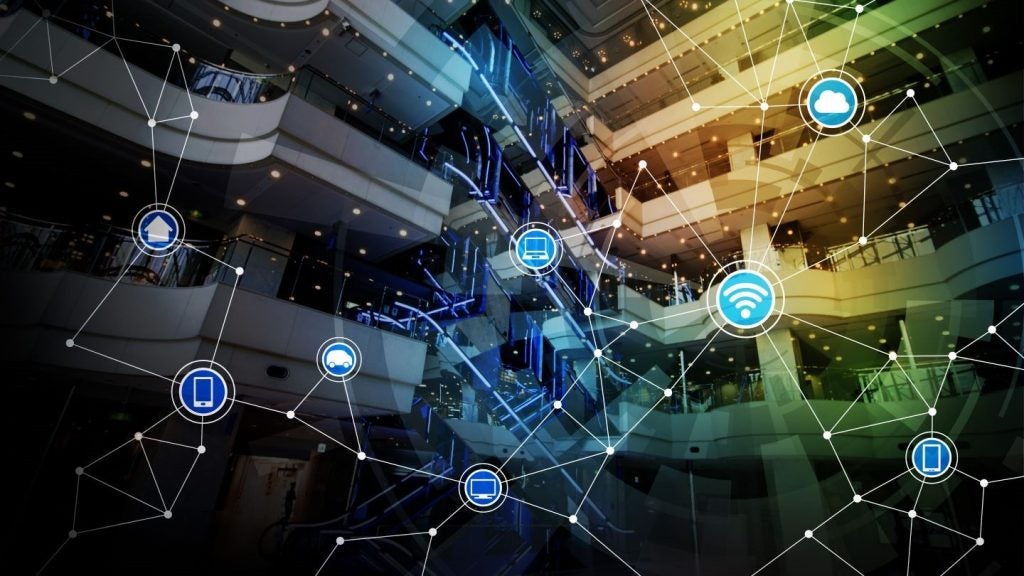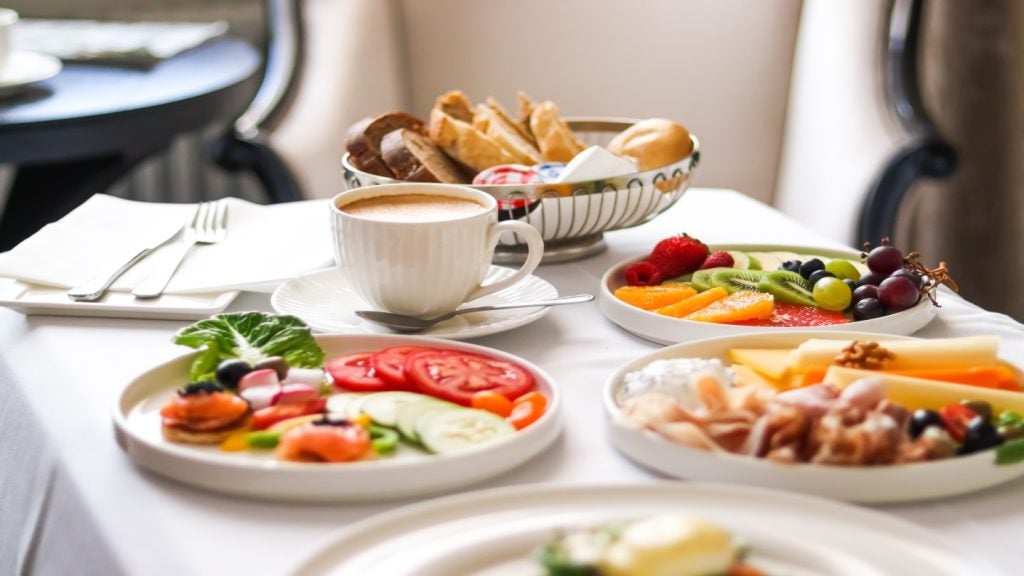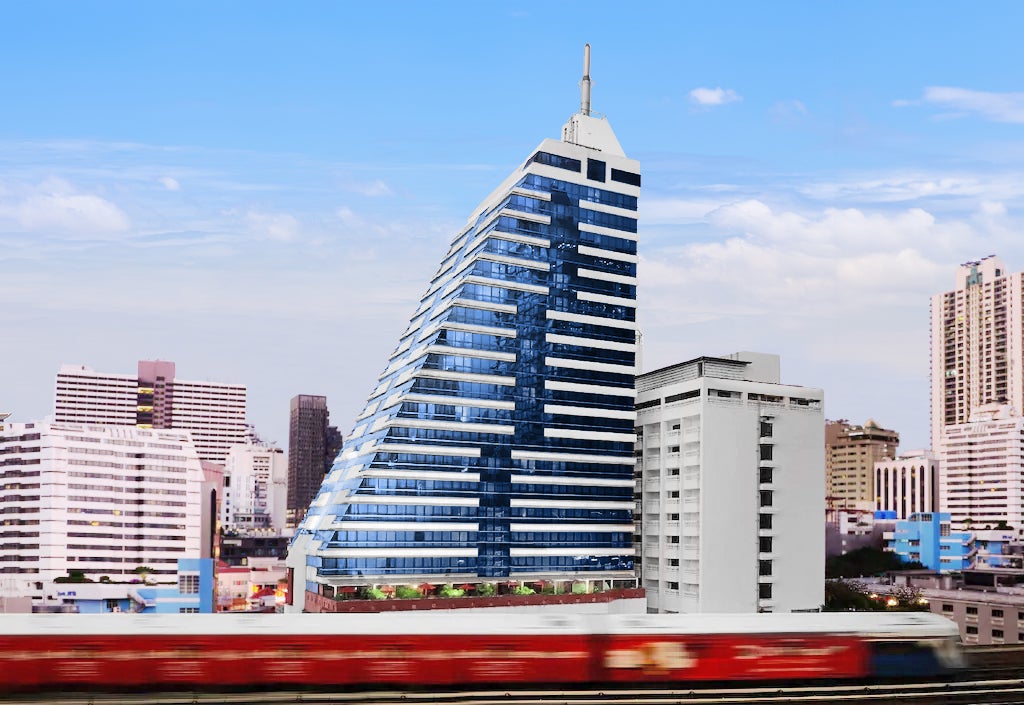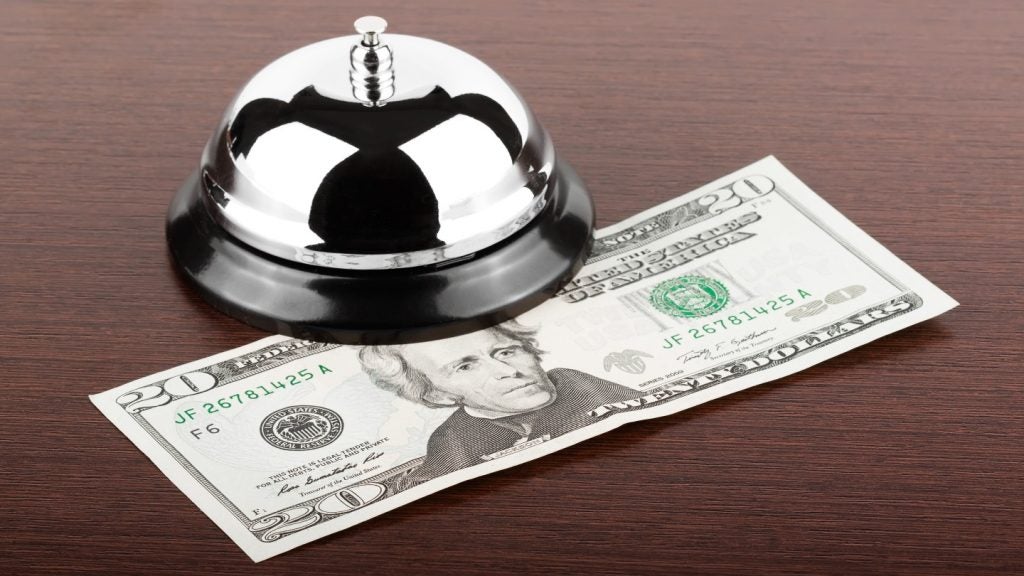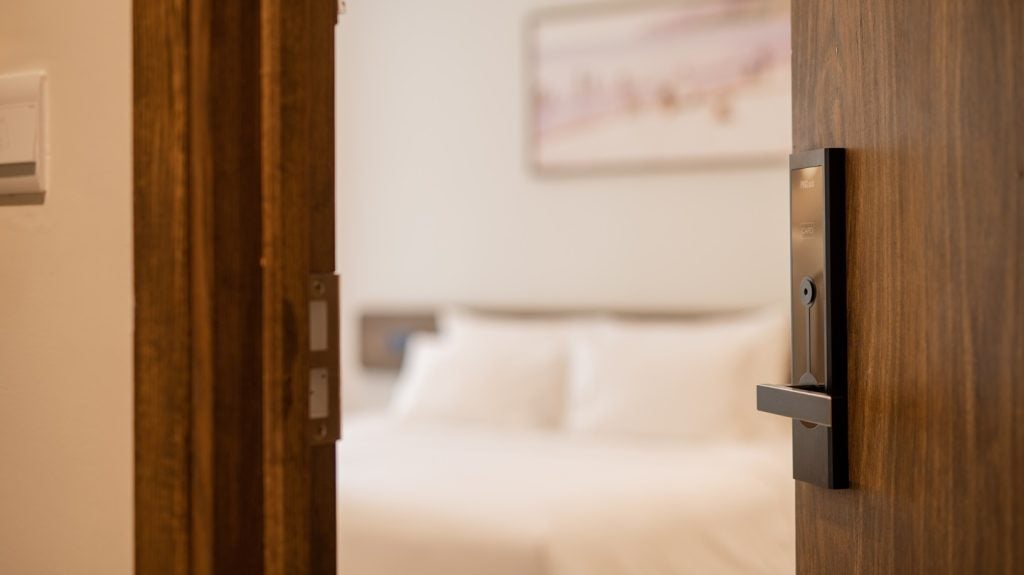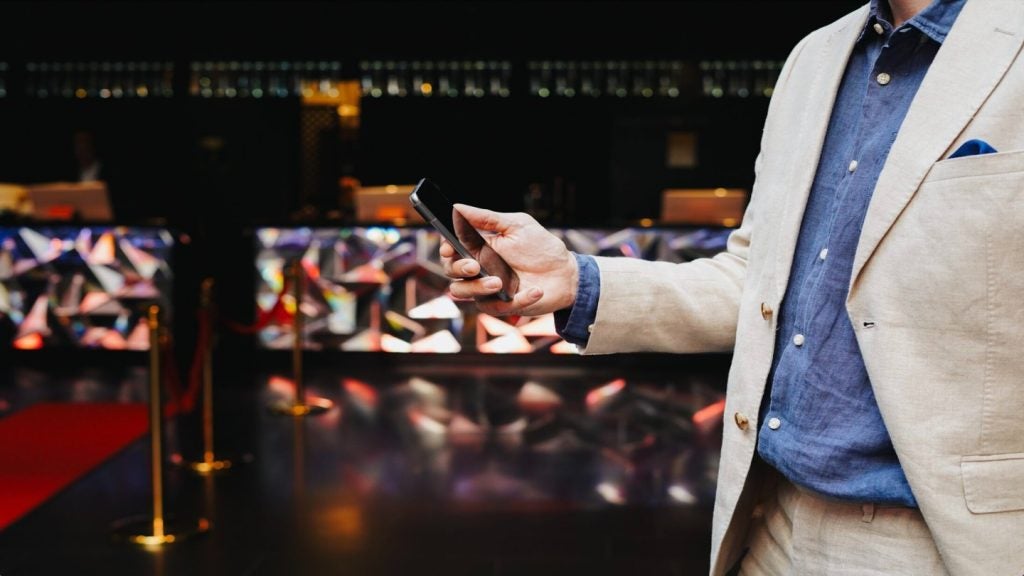In the ever-evolving landscape of hotel design, technology has emerged as a crucial component in enhancing guest experiences and meeting their growing expectations.
David Tracz, co-founder and partner at the architecture and design firm //3877, provides valuable insights into the integration of technology within hospitality spaces, highlighting the key trends, processes and challenges the industry is facing.
Understanding technology trends
Tracz identifies the integration of personalised stay components as one of the most significant technological advancements in hotel design.
“I think the biggest changes we are seeing is the integration of personalised stay components, really integrating the traveller’s personal tastes into the experience,” Tracz notes.
From their heating, ventilation and air conditioning comfort to TV and room preferences. It is all about improving the experience.”
Looking ahead, Tracz anticipates that the influence of technology on guest experience will continue to grow, driven by the increase in remote work.
“Gone are the days of breaking out the laptop solely on business trips. People are utilising the flexibility allowed by hybrid workplaces to establish their office anywhere, even on leisure and family trips,” Tracz explains.
This shift is prompting hotels to integrate digital tools and infrastructure that support this work-on-the-go model, such as incorporating more desks in guestrooms and creating flexible common spaces for both social and work activities.
Design integration process
Integrating technology into hotel design is a complex process that requires careful planning and collaboration.
Tracz emphasises the importance of ensuring adequate access to power, especially for existing properties.
“Some of these older structures that were built years ago didn’t demand energy like we do today, limiting the number of outlets available for use and thus, the amount of technology that can be fuelled,” he points out.
The integration of wireless power options and wireless TV and presentation capabilities helps address these challenges, providing seamless connectivity without the clutter of cables.
To ensure that technology blends seamlessly with the overall aesthetic and functionality of hotel design, attention to detail is paramount.
"It is all about the details, from integrating these items into millwork and FF&E [furniture, fixtures and equipment] to using wireless charging components where possible can make a huge difference,” Tracz says.
“We want the guest to understand that these tools are available with symbols or subtle queues, but not make them a huge centrepiece in the project.”
Collaboration with hotel companies
Collaboration with hotel companies is crucial in defining technological needs for a project. Tracz explains that understanding the level of integration required by the brand is key.
“If we are talking about a limited-service project, it might be about using some basic connection points and providing the right power in the right place,” he elaborates.
“If it is a luxury or lifestyle project, the integration will be focused on hiding, but providing the tech components, being sophisticated about the detail.”
Tracz has observed changes in how hotel companies approach technology integration in their design requests.
While there has been an increase in tech integration in guestrooms, complex items such as voice command remain a tough sell due to their potential obsolescence.
Instead, Tracz predicts that hotel brands will adopt existing technologies, similar to the ways the automotive industry uses Carplay or Android Auto.
“We are seeing a shift with televisions that have better streaming connections and allow guests to tie into their own memberships,” says Tracz.
“From a meetings standpoint, offering meeting rooms that guests can get immediate access through technology is important, logging in and paying all via an app.”
Impact of technology on design
The rise of technology has not necessarily changed hotel design but has allowed it to evolve.
“I think that the technology has been able to adapt in size and shape to be better integrated into millwork and other FF&E items. So I wouldn’t say that it has changed the design, but it has evolved to free the design from having to adapt to it," Tracz explains.
However, he also acknowledges the potential challenges associated with an over-reliance on technology.
Striking the right balance is essential to ensure that technology enhances rather than detracts from the guest experience.
“It’s important to hit a balance, making sure technology is being utilised to reduce manpower needed for more mundane tasks and freeing up time for employees to really connect and engage with guests,” he advises.
“Hospitality experiences are built on the foundation of connection; travellers want to feel like they’re within a sort of community while they stay at a property, and maintaining staff interaction keeps that concept alive.”
Another challenge is ensuring that the chosen technology is efficient, impactful and relevant to the specific operations of the property.
“Something that is useful in one hotel could be completely unnecessary in another, influenced by location, brand identity or floor plan,” Tracz notes.
“You also have to be cautious to make sure the technology actually works efficiently and effectively. Any hiccups or calls to tech support can be long-lasting challenges.
The integration of technology in hotel spaces is reshaping the hospitality industry, enhancing guest experiences and meeting evolving expectations.
As David Tracz illustrates, thoughtful and strategic incorporation of technology into hotel design is essential for creating seamless, personalised and efficient environments.
By understanding emerging trends, collaborating closely with hotel companies, and balancing technological advancements with human interaction, designers can create spaces that not only meet the needs of today’s travellers but also anticipate the demands of the future.


